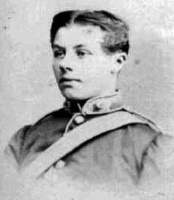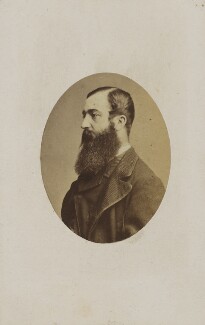Early Pioneers-
Louis Daguerre was a French artist and photographer responsible for creating the Daguerreotype photographic process, which is now seen as incredibly slow and delicate. Daguerreotypes where often used for portraits and produce incredibly detailed images on small silvered copper plates.

Henry William Fox-Talbot was an English scientist and inventor who also contributed to the development of photography. He is responsible for developing calotypes, a photographic process which can create negatives that can be printed. Details where not as clear as daguerreotypes but the ability to mass produce images was far more important at the time.
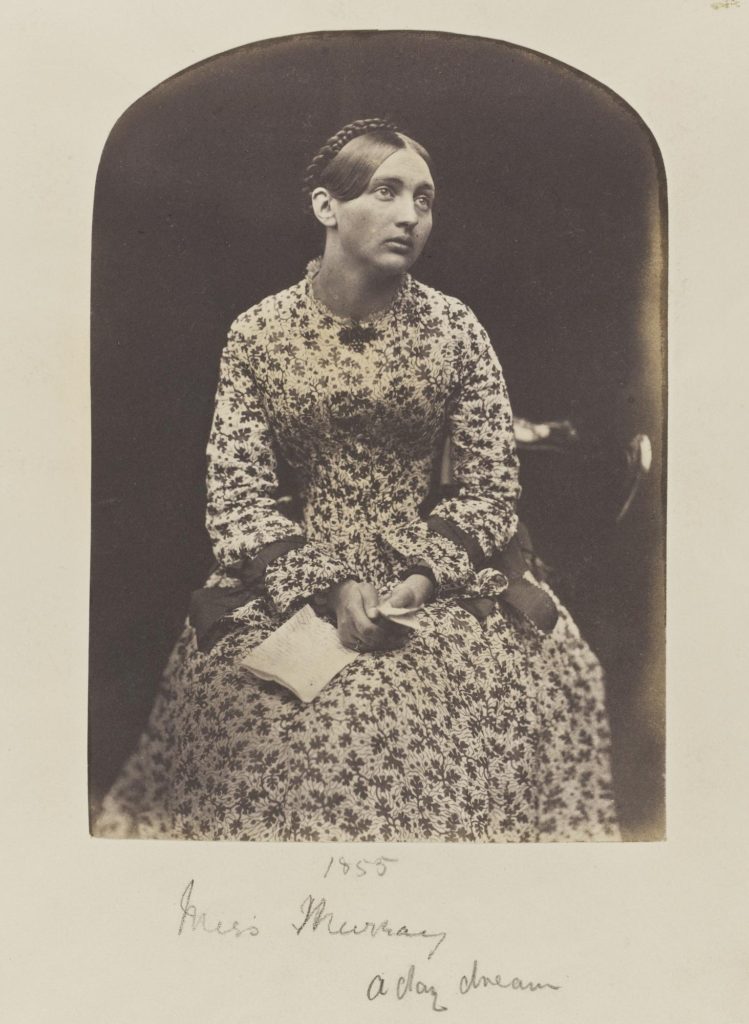
Julia Margaret Cameron was a British photographer who would mostly take portraits. Her work was inspired by mythology and literature leading to her using photography as more of a tool to express her art.
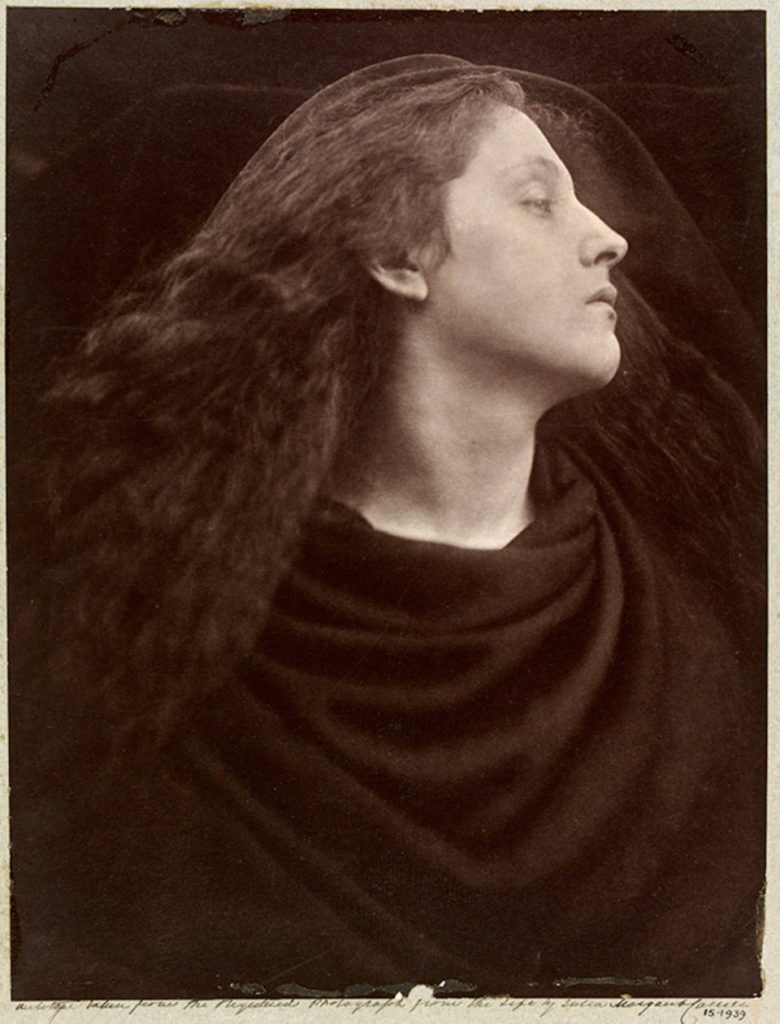
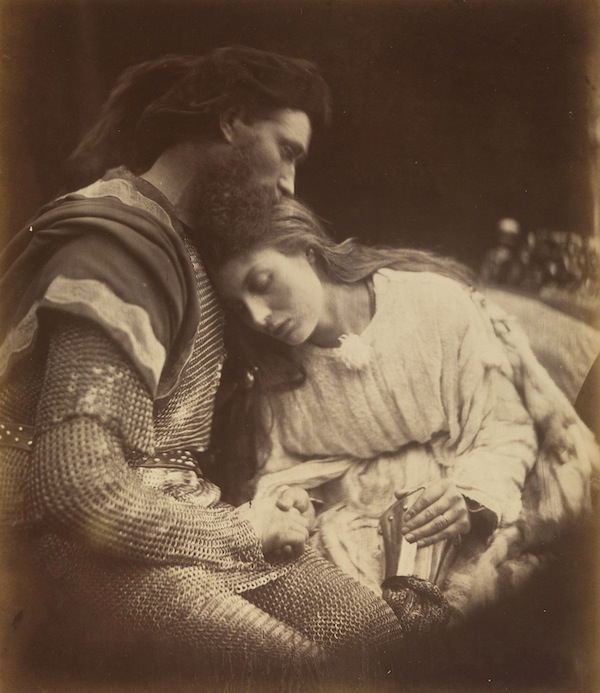
Henry Mullins was a British photographer who came to Jersey in 1848, to take portraits of the residents. He spent 26 years on the island, mostly taking pictures of officers of the Royal Militia and those higher up in society. After his death, 20,000 of his negatives were acquired and eventually given to The Société Jersiaise, an organisation in Jersey responsible for protecting and researching many historical subjects from the island’s past.
